There are competing notions of fairness — and sometimes they’re incompatible, as facial recognition and lending algorithms show.
Category: robotics/AI – Page 1,637
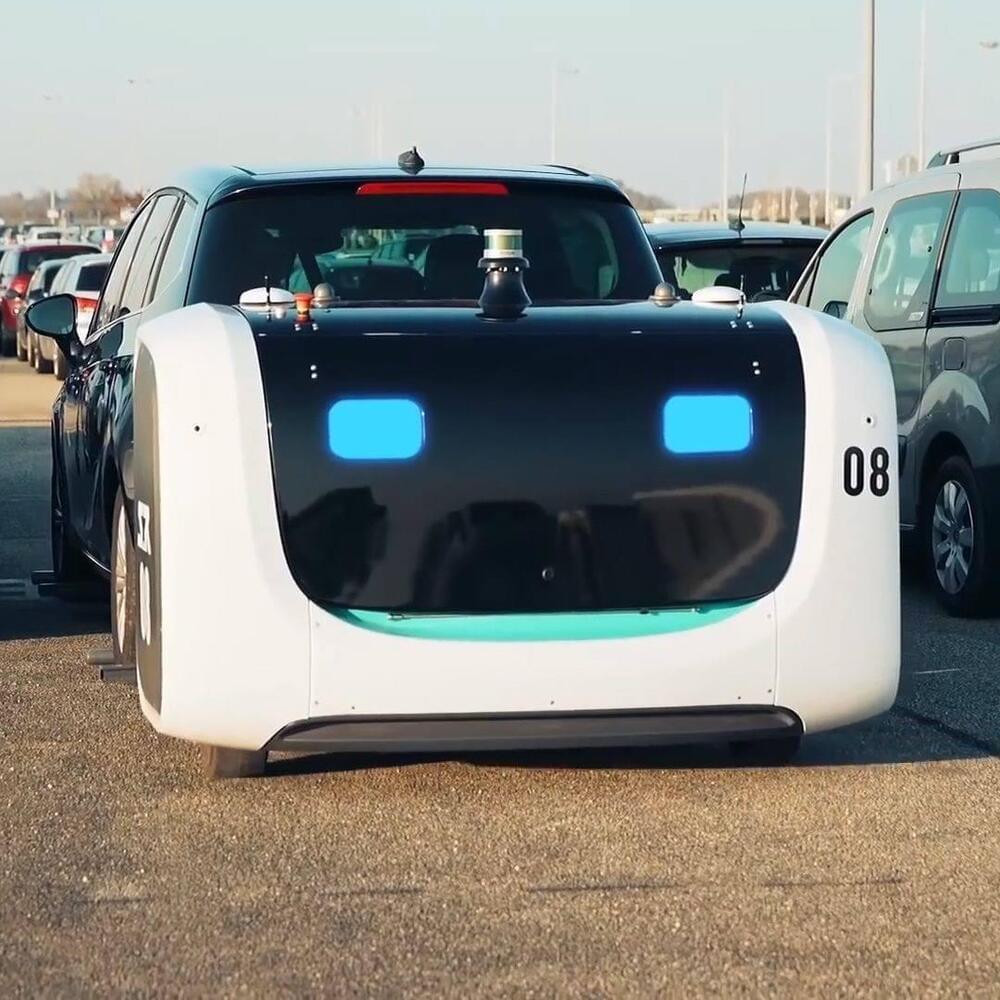
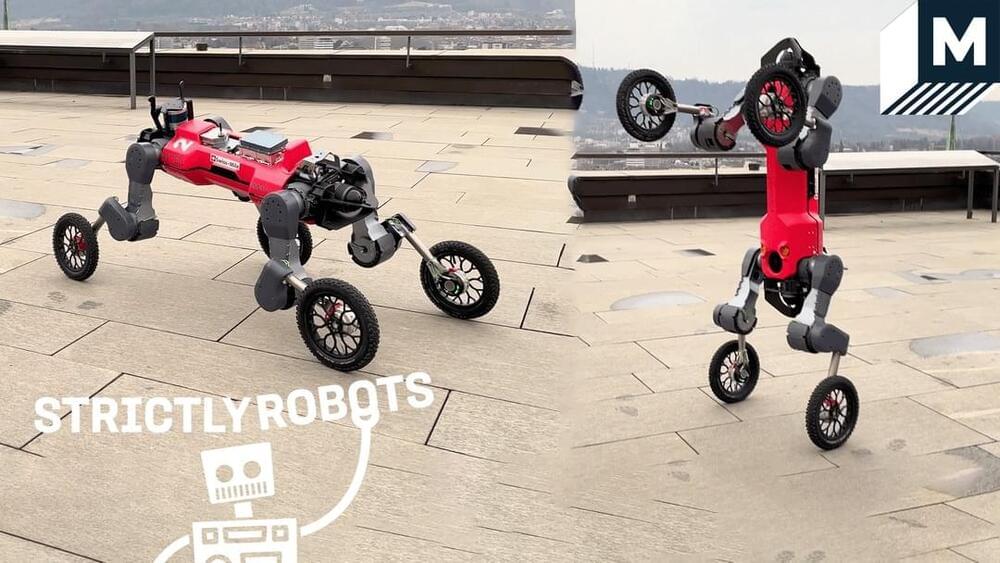

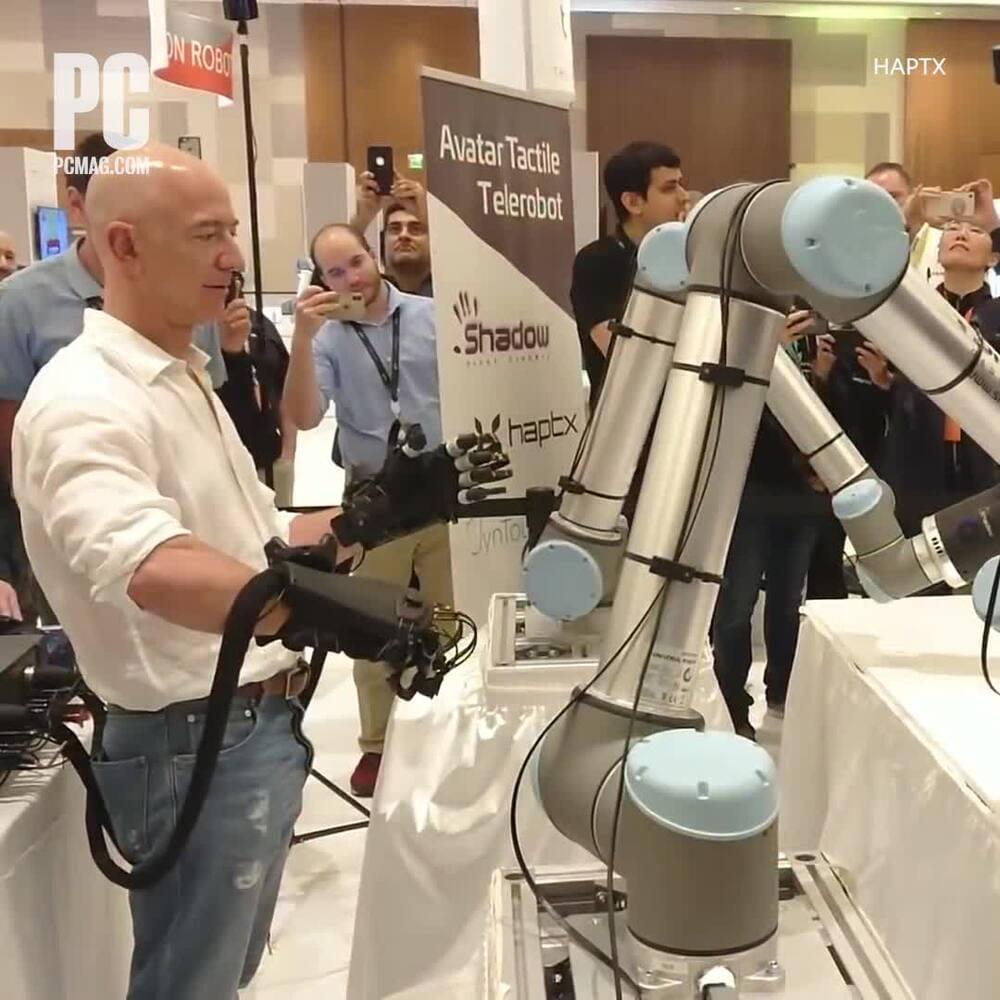
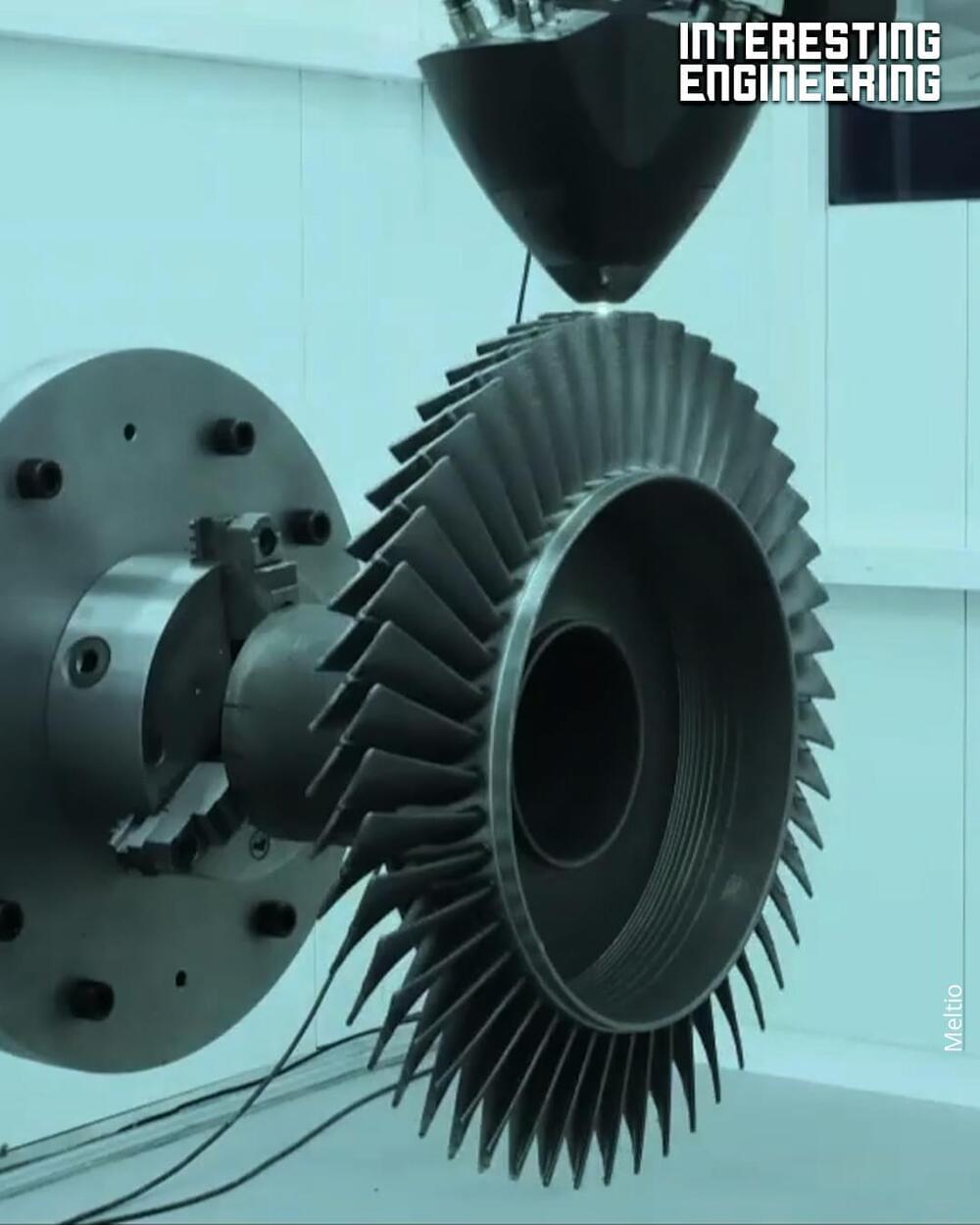

Understand what’s happening on your construction sites with effective reality capture data
See the robotic solution in action with Spot and Trimble Buildings!
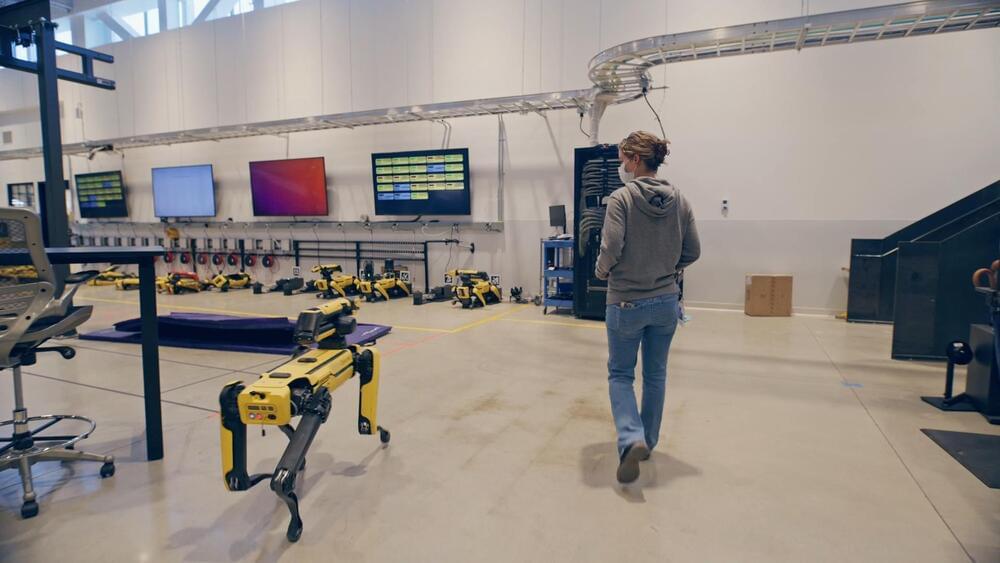
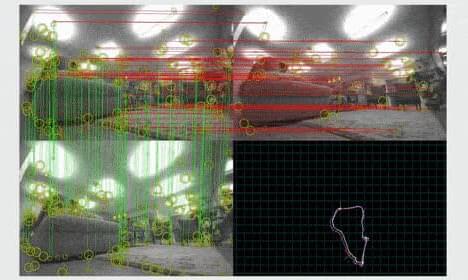
Amazon’s Jianbo Ye and Arnie Sen explain that
Click on photo to start video.
to adapt to constant changes in customers’ homes, Astro uses a deep-learning model to produce invariant representations of visual data, estimates sensor reliability to guide the fusion of sensor data, and prunes and compresses map representations: https://amzn.to/36qQUZo
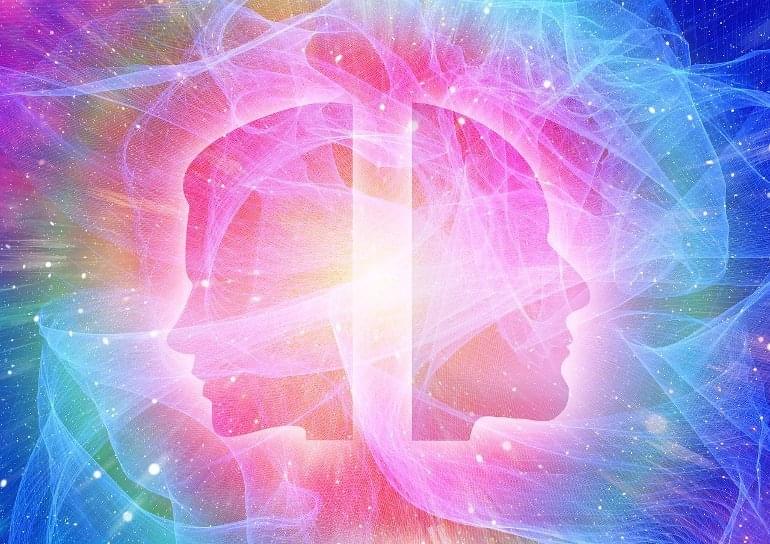
Quantifying Human Consciousness With the Help of AI
A new deep learning algorithm is able to quantify arousal and awareness in humans at the same time.
#consc… See more.
Summary: A new deep learning algorithm is able to quantify arousal and awareness in humans at the same time.
Source: CORDIS
New research supported by the EU-funded HBP SGA3 and DoCMA projects is giving scientists new insight into human consciousness.
Led by Korea University and projects’ partner University of Liège (Belgium), the research team has developed an explainable consciousness indicator (ECI) to explore different components of consciousness.